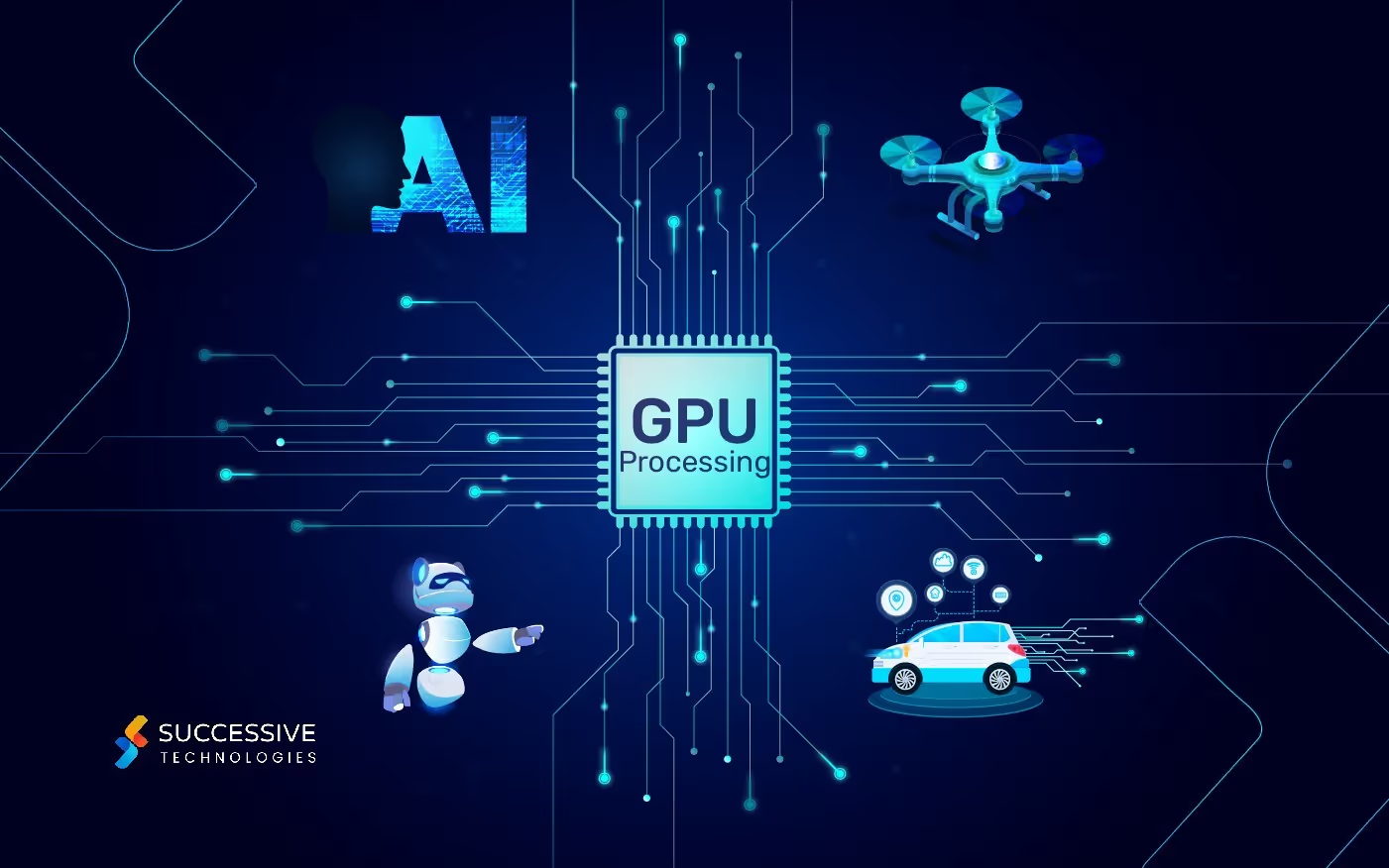Graphics Processing Unit Accelerated Computing or GPU computing is the use of a graphics processing unit (GPU) as a co-processor for accelerating CPUs. This enhanced performance is utilized by the best graphic design companies for engineering and general-purpose scientific computing.
GPU was developed by NVIDIA in 2007, and since then, has aided in providing far superior application performance. It achieves this by removing process-intensive application sections. Today, GPU-accelerated computing can be employed in an array of rapidly-developing fields such as artificial intelligence, robots, drones, and autonomic cars.
How does GPU work?
The GPU enhances application performance on the CPU by offloading some of the portions of the code which are time-consuming and require plenty of computing, while the rest of the application still runs on the CPU. So, for the user, this means that the application runs much faster and smoother as it uses the massively parallel processing power of the GPU to boost performance. This is referred to as heterogeneous or hybrid computing.
GPU-accelerated computing has plenty of uses in all kinds of areas, including video editing, fluid simulations, medical imaging, and color grading, by the best graphic design companies and top UX design firms.
GPU vs. CPU
While a CPU is used for carrying out general-purpose work, GPUs are used for carrying out massively parallel operations. So, CPUs are commonly used in common devices we use today, such as smartphones, laptops, and washing machines. GPUs may be used for quickly taking the square root of all values in a region of memory. This makes them much faster in graphics-related and massively parallel jobs.
Another difference is that the CPU is made up of four to eight CPU cores, but on the other hand, the GPU is made up of hundreds of much smaller cores. The CPU and GPU then operate together to crunch through the data that they find in the application. Thanks to this massively parallel architecture, the GPU can carry out its high computing performance. As such, various GPU-accelerated applications are capable of providing an easy way to access HPC or high-performance computing.
Moreover, the CPU contains cores which have been designed for sequential serial processing, but the GPU’s parallel architecture contains smaller, but more efficient and powerful cores that can handle multiple tasks easily in parallel without any issues. As a result, GPU-accelerated computing performs sequential calculations in the CPU, while the GPU computes highly complicated calculations in parallel.
.avif)









.jpg)









